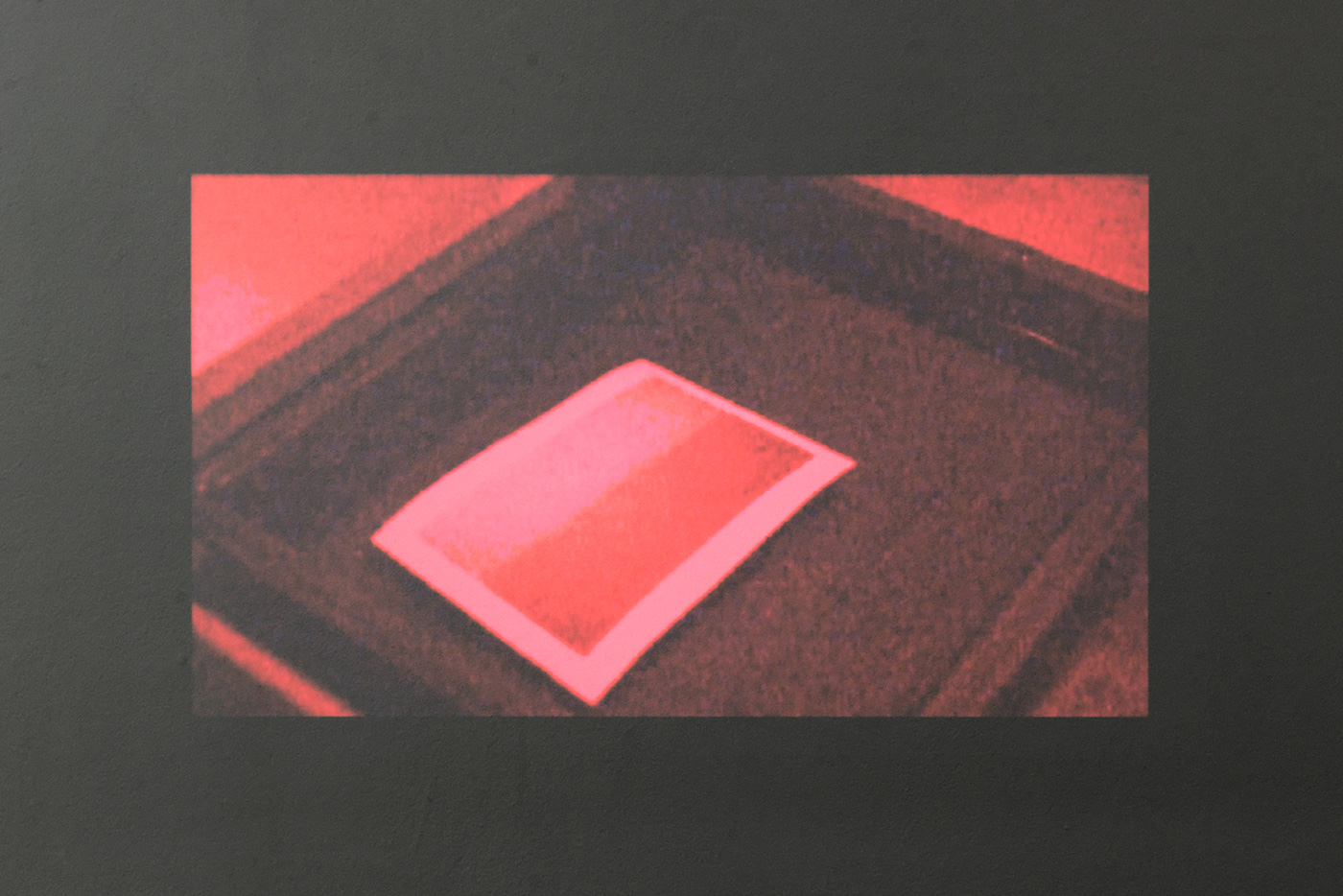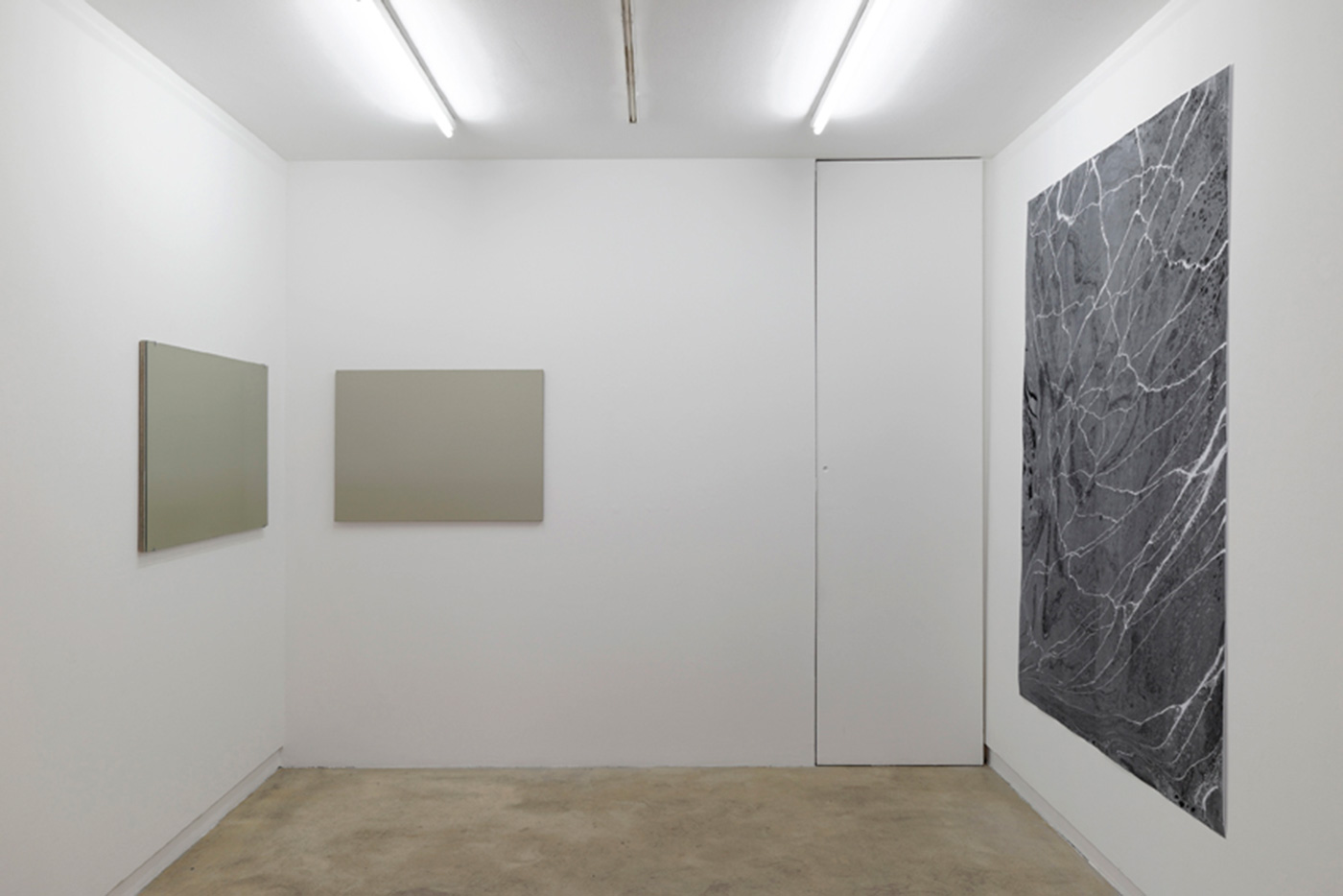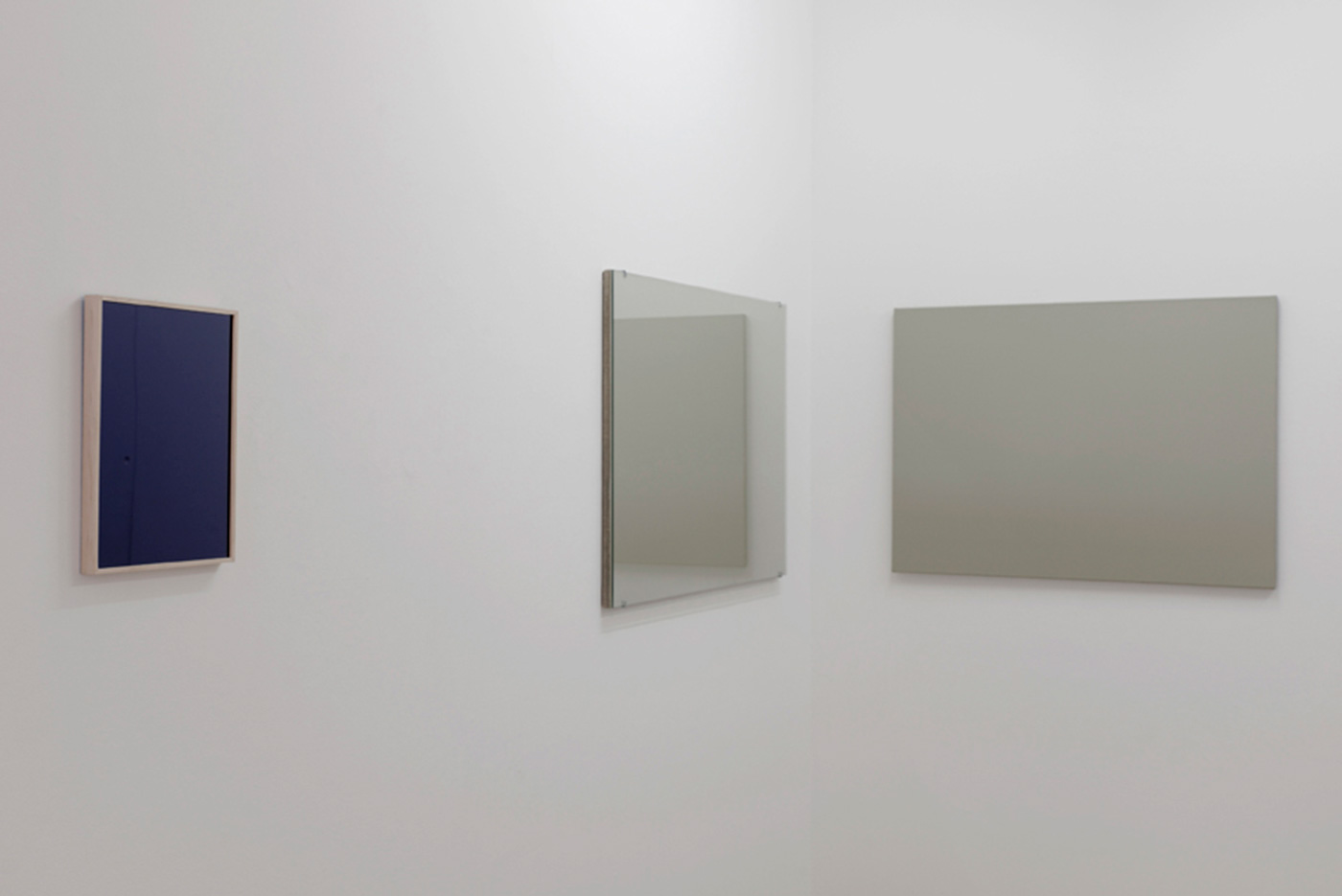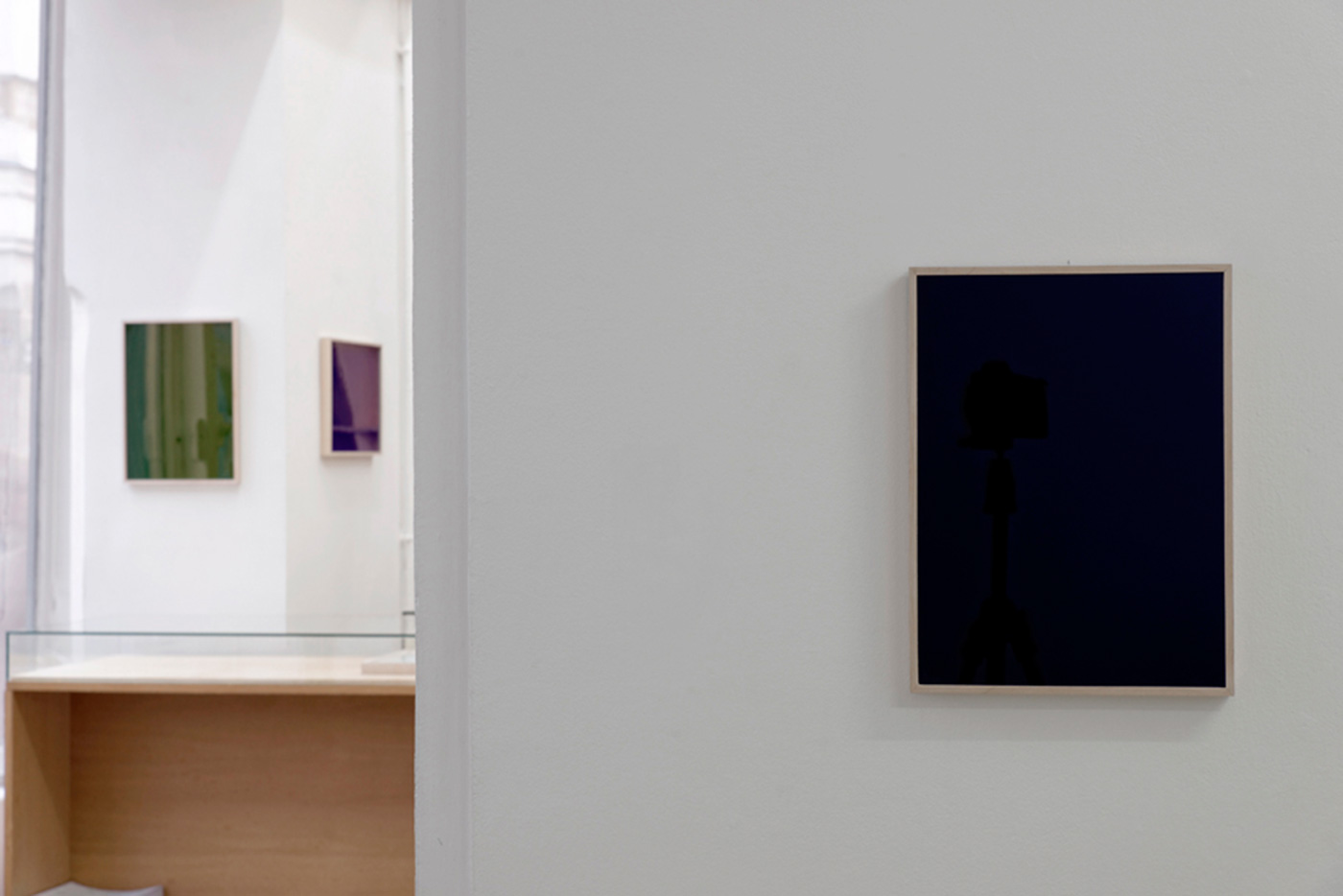Fast Colour
| Gallery
Joan Ayrton

Fast Colour
Joan Ayrton

Fast Colour
Joan Ayrton
Exhibition view
Fast Colour
Joan Ayrton
Exhibition view
Fast Colour
Joan Ayrton
Exhibition view
Fast Colour
Joan Ayrton
Exhibition viewEN
It seems as though the colour which I see was its own description. - Ludwig Wittgenstein, The Brown Book (1935).
Sensitive shifts of colour, tactile shifts of colour, between the hands, between gestures, between surfaces, between frameworks, between spaces, between materials and media, between displacements and circulations, between natural and artificial lights, between landscapes, between hours… Where is colour, outside of the word that names it? What is the aim and trajectory of colour? Where is it going, among this fugue of variables, in this arch of fleeting ressemblances, classified nuances, and referenced tonalities? Go look for colour, go sample colour, somewhere in the backwashes of an Icelandic landscape or off the island of Stromboli, somewhere in the subterranean folds of a landscape of water, rock or lava, somewhere in the city or in an industrial glass. Then, afterwards, this question addressed to us by Joan Ayrton: how do we obtain colour? How do we manufacture colour? How do we establish it? How do we see it? How do we control its elusive nature? There is as much a slow quality as there is a fleetingness to colour. Monochrome painting (standalone or as diptychs), films shot on video, photography, hand-blown or smooth glass, paper: are all of these materials and techniques used by Joan Ayrton, each with their own properties, expressions of one of these possibilities?
It is as if this “fast colour” that Joan Ayrton seeks to capture, touch, and see, in its materiality and its imperceptible aspects, in its malleability and lifelessness, in its mechanical reproduction, ephemeral presence and imagery, represents a tension and a challenge made to the eye and body, a unique challenge to sight. The exhibition is composed in six parts – including some new works (Infra-red, Ways of Seeing and Colour is An Image), and others that have not often been presented or that were recently shown (Glass diptych, b & w colours, Poster). For the artist, in the movements that it induces and the transitions it performs, the exhibition becomes like a little treatise on colours that is intimate, personal and sometimes autobiographical. A little treatise on colours in which pass the figures of Leon Battista Alberti, Wittgenstein, English art critic and writer John Berger, filmmaker Derek Jarman, author of Chroma – A Book of Colour (1994) – all in tribute and by affinity.
Fast Colour syncretises and synchronises the instance of colour in both Joan Ayrton’s pictorial and photographic work, since both Infra-red (the first film made by the artist) and Ways of Seeing (a non-digital black and white photographic series) relate to chromatic and bodily transitions and gestures. Both works loop and return to a single image of the horizon and a marine landscape: the film is shot inside a photographic printing laboratory using a digital camera and reveals it in a muffled, dense red, at the limits of the pictorial and the mind. The photographs provide a new and retrospective gaze, through various reframings due to the placement of the artist’s hands inside the chamber at the time of printing. It is truly a question of seeing. It is red that enables us to see what is inside the invisible; it is the hands that enable us to re-vise. It is the four hand-blown coloured glass works of the Colour is An Image series, subtly framed, that re-question this vision of the image – of the image colour – through the production of colours via the precise superposition of two colours (green and red, yellow and green, blue and red). “For through glass, so we find, stream images […]” wrote the Latin poet Lucretius in his De Rerum Natura. Joan Ayrton offers that experience: colour is an image, and that is how we see it.
Marjorie Micucci